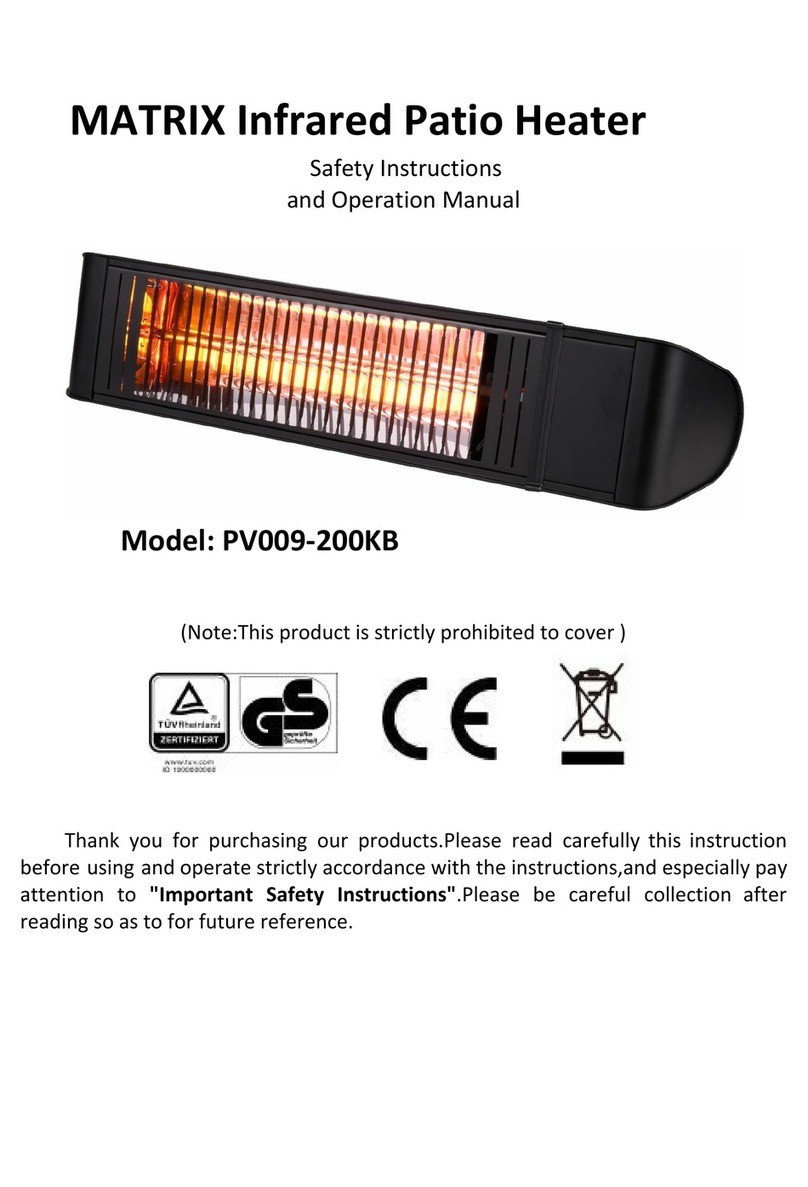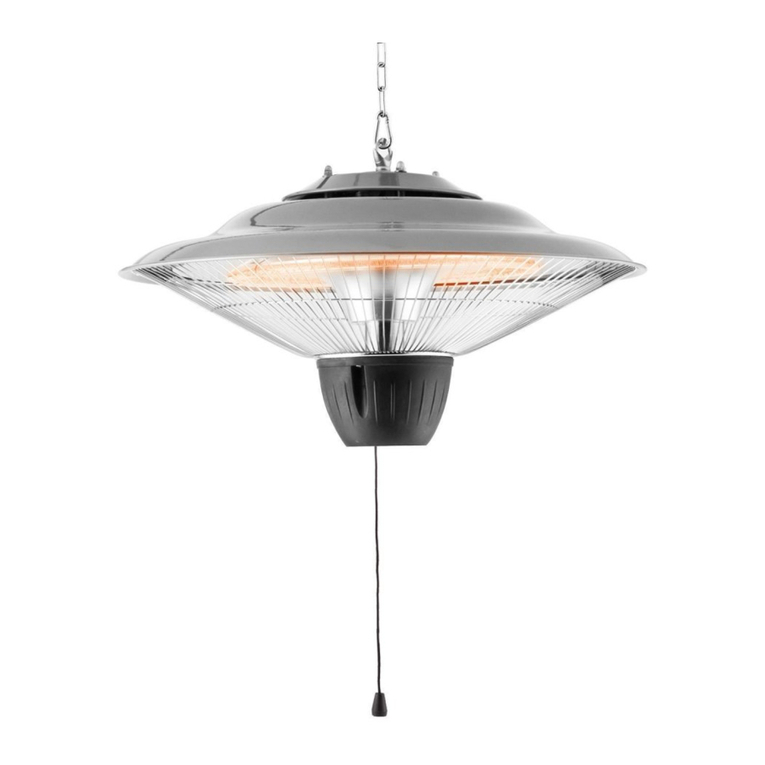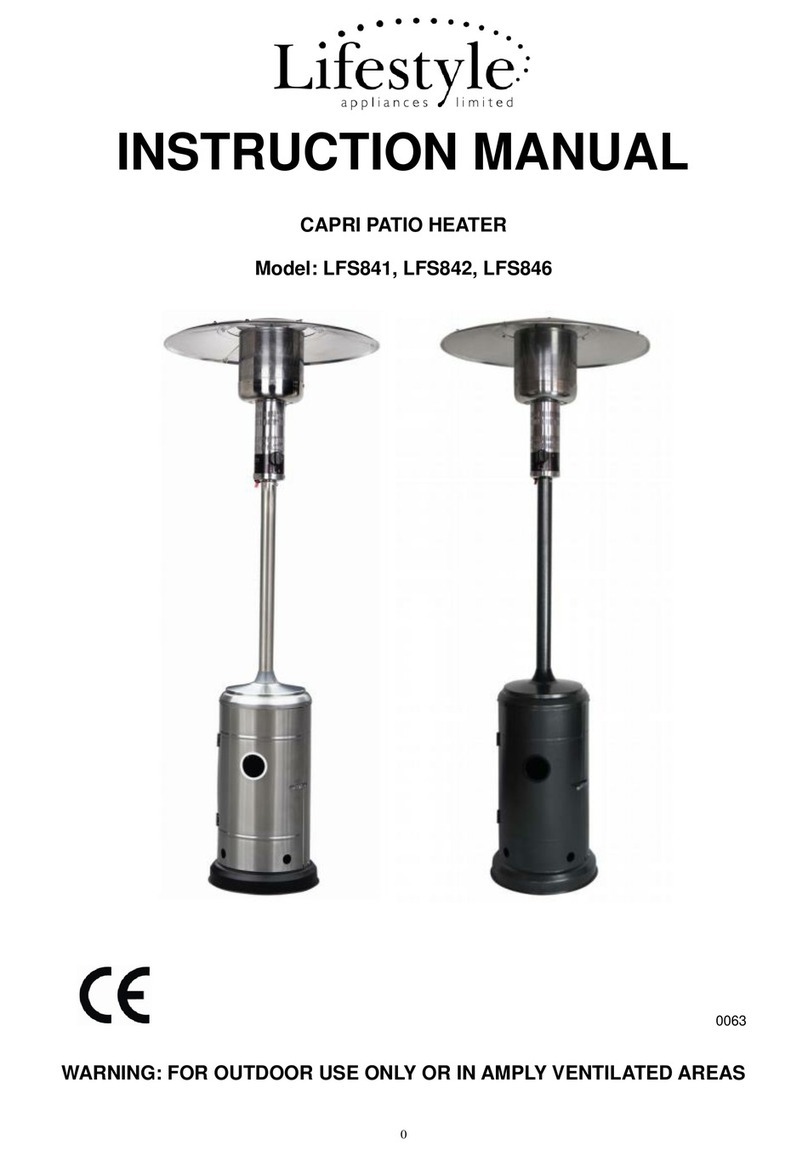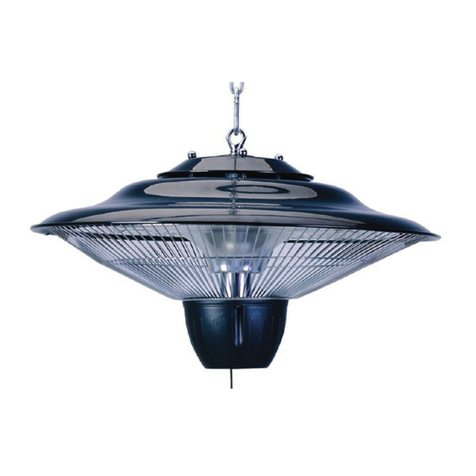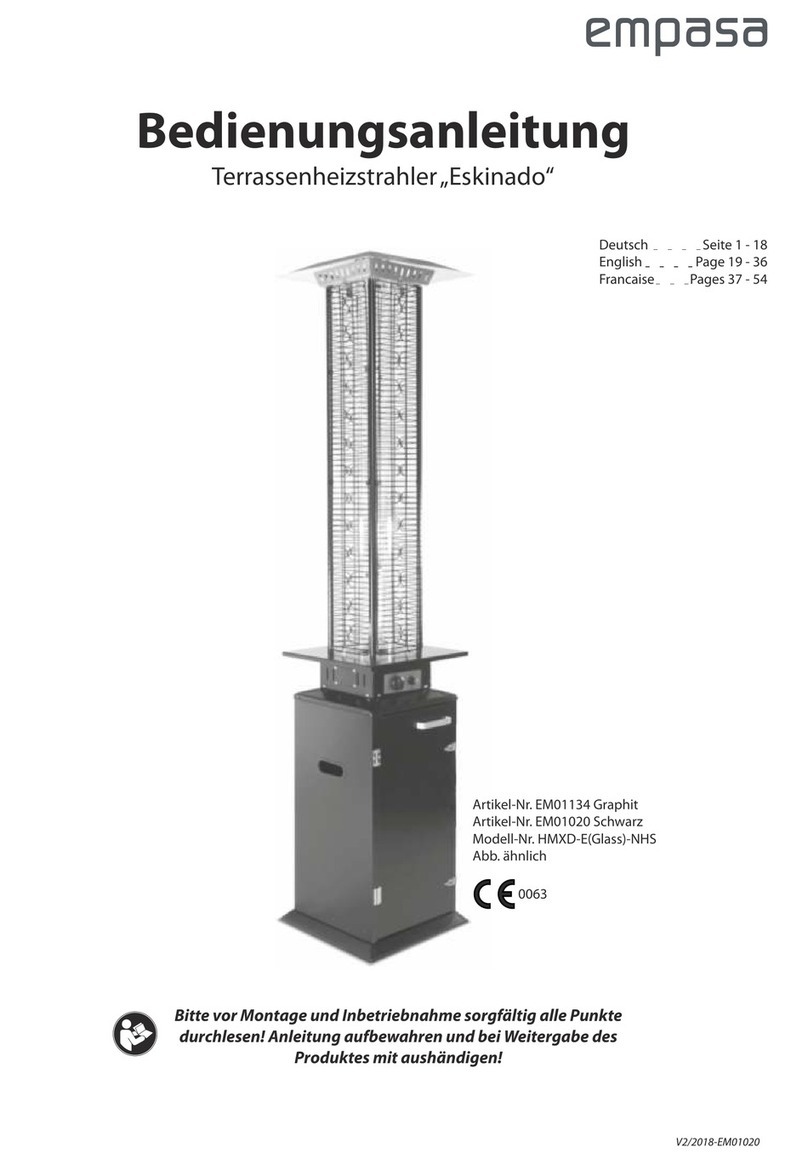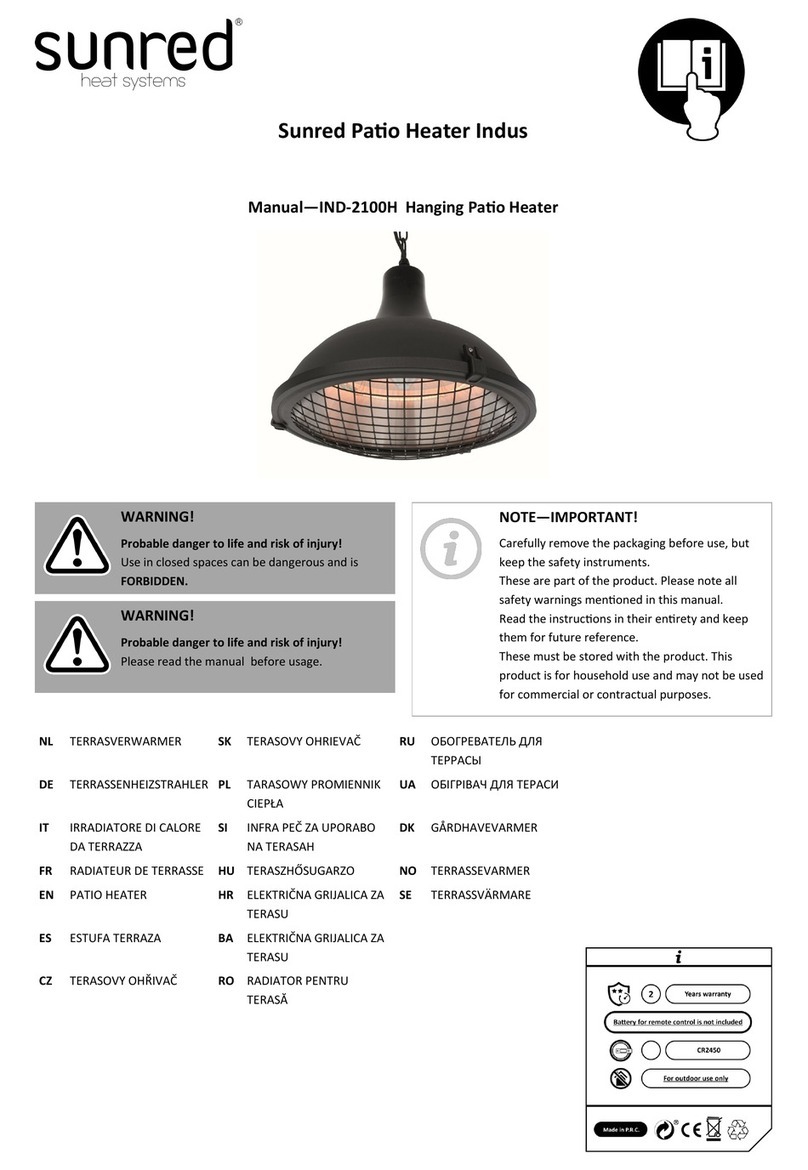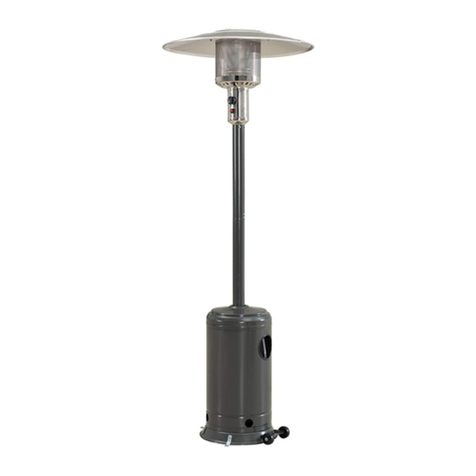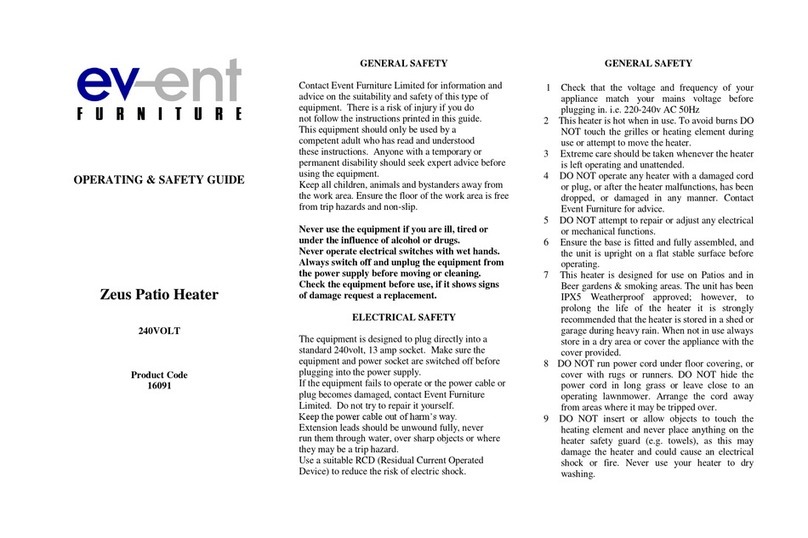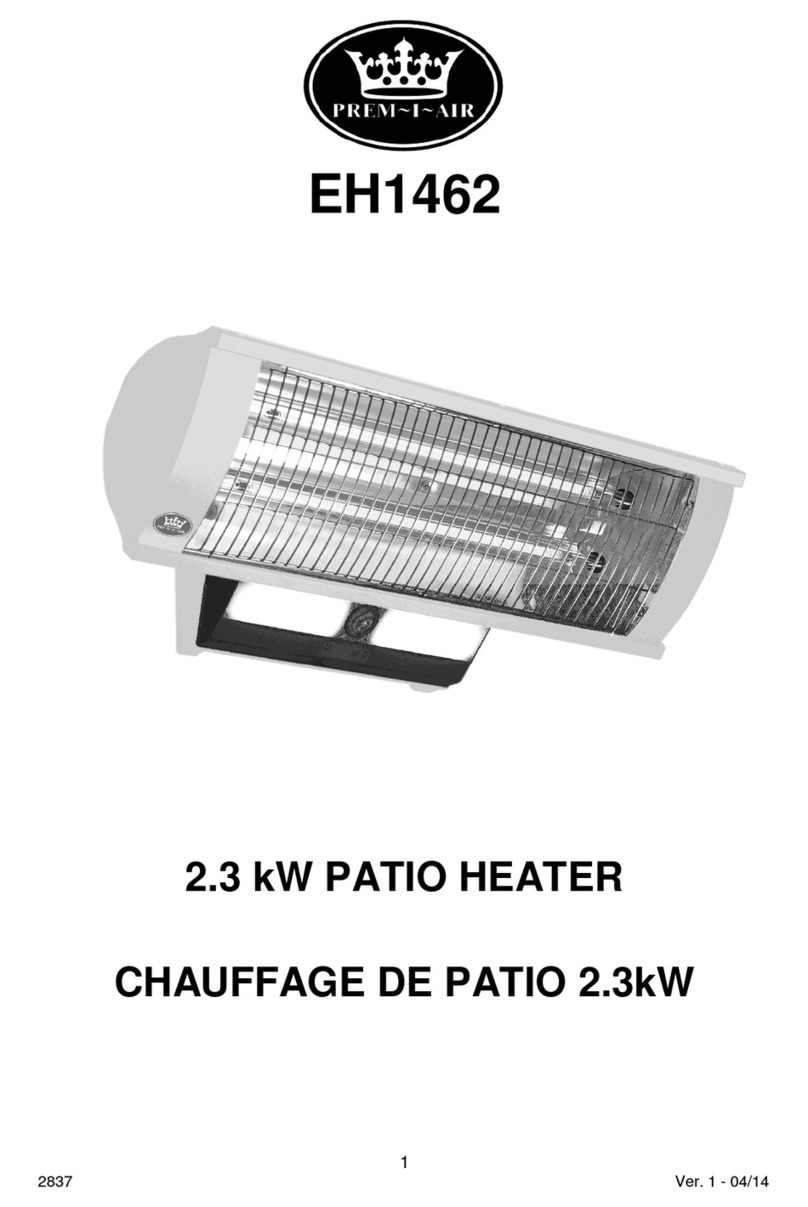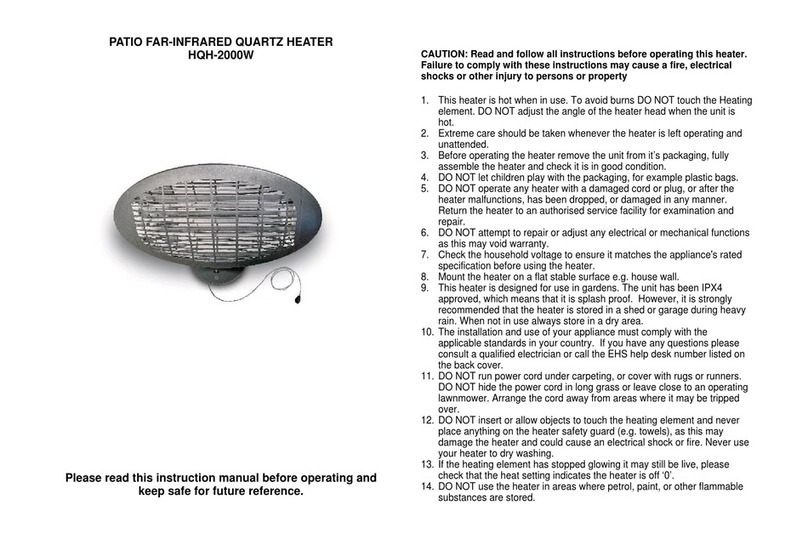
2
A. Parts List
Quantities vary according to model purchased. Specifications subject to change without prior notice. For more details on
hardware, please see the corresponding Hardware Reference Diagram for your barbecue model.
CODE PART 2 Burner Flat Lid 3 Burner Flat Lid 3 Burner Flat Lid
Lid A1 Lid (Pre-assembled to Body) 1PC 1PC 1PC
A2 Lid Handle 1PC 1PC 1PC
BODY
B1 Barbecue Body 1PC 1PC 1PC
B2 Burner 2PCS 3PCS 4PCS
B3 Control Panel 1PC 1PC 1PC
B4 Knob 2PC S 3PCS 4PCS
B5 Hose / Regulator Assembly 1PC 1PC 1PC
B6 Cooking Grill 1PC 1PC 1PC
B7 Cooking Griddle 1PC 1PC 1PC
B8 Flame Tamer 2PC S 2PC S 2PC S
B9 Drip Tray Left Bracket 1PC 1PC 1PC
B10 Drip Tray Right Bracket 1PC 1PC 1PC
B11 Drip Tray Handle 1PC 1PC 1PC
B12 Drip Tray 1PC 1PC 1PC
TROLLEY
C1 Side Shelf 2PCS 2PCS 2PCS
C2 Left Front Leg (with Velcro) 1PC 1PC 1PC
C3 Left Rear Leg 1PC 1PC 1PC
C4 Right Front Leg (with Velcro) 1PC 1PC 1PC
C5 Right Rear Leg 1PC 1PC 1PC
C6 Front Screen 1PC 1PC 1PC
C7 Trolley Base 1PC 1PC 1PC
C8 Trolley R/L Bracket 2PCS 2PCS 2PCS
C9 Trolley F/B Bracket 2PCS 2PCS 2PCS
C10 Axle 1PC 1PC 1PC
C11 Wheel 2PCS 2PCS 2PCS
C12 Hubcap 2PCS 2PCS 2PCS
C13 Locknut 2PCS 2PCS 2PCS
C14 Axle Washer 2PCS 2PCS 2PCS
HARD-
WARE
D1 M6 x 10 Bolt 16PCS 16PCS 16PCS
D2 M6 x 25 Bolt 16PCS 16PCS 16PCS
D3 M5 x 15 Bolt 4PCS 4PCS 4PCS
D4 M5 Nut 4PCS 4PCS 4PCS
D5 M5 Washer 4PCS 4PCS 4PCS
D6 M6 x 110 Bolt 8PCS 8PCS 8PCS
D7 M6 Spacer 8PCS 8PCS 8PCS
Pre-Assembled Component
Appearance, size, and construction may differ according to model purchased


